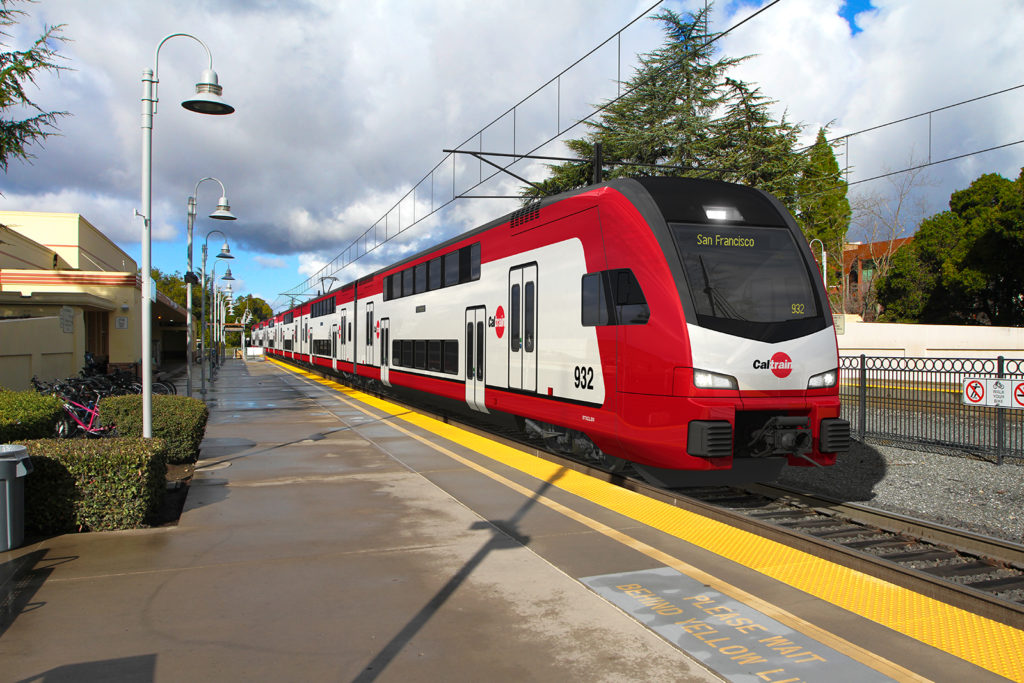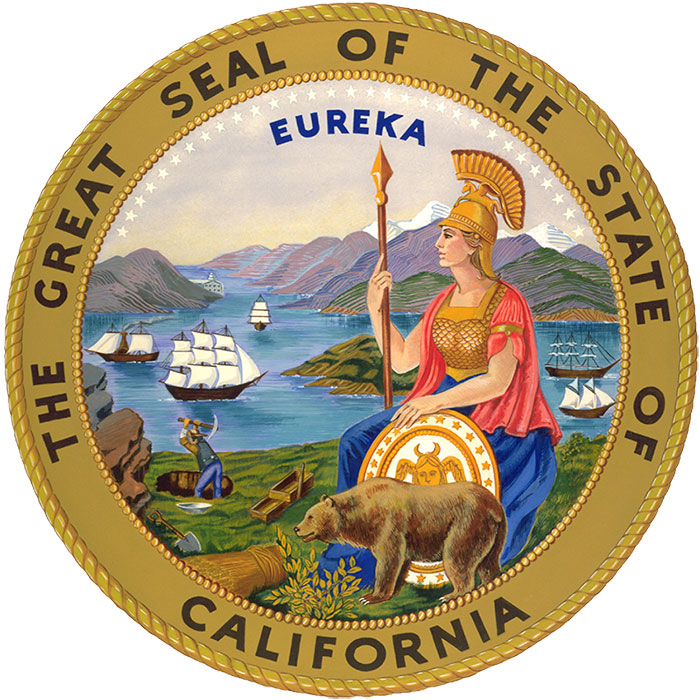
WASHINGTON — At an event with Vice President Kamala Harris, the U.S. Department of Transportation’s Federal Transit Administration (FTA) today announced that it will award $2.2 billion to 35 recipients in 18 states through President Biden’s American Rescue Plan. The funds will help public transportation agencies pay for day-to-day operations as they continue to provide essential service for frontline workers and keep tens of thousands of employees on the payroll.
“Essential public transit workers have been on the front lines of the pandemic for two years, keeping our economy moving and helping Americans get where they need to go,” said U.S. Transportation Secretary Pete Buttigieg. “This additional funding from the American Rescue Plan is helping communities across the country keep transit workers on the job and keep their trains and buses running.”
“Millions of Americans rely on their local transit systems to get to work and school, access medical care and critical services, relieve congestion, and reduce pollution,” said FTA Administrator Nuria Fernandez. “The pandemic has shown that public transportation is more essential than ever, which is why these funds are crucial to avoid drastic service cuts and layoffs that would damage the economy and public health.”
American Rescue Plan Additional Assistance funding is being provided to transit agencies that demonstrated a need for additional financial support to cover expenses related to day-to-day operations, cleaning and sanitization, combating the spread of pathogens on transit systems, and retaining employees.
Eligible applicants included eligible recipients of FTA Urbanized Area Formula funds or Rural Area Formula funds, including Indian Tribes.
Examples of recipients selected to receive funding include:
• The San Francisco Bay Area Water Emergency Transportation Authority (WETA) will receive $26.1 million to maintain its current ferry operations and to avoid any reductions in personnel and service schedules during the pandemic.
• The Southwest Ohio Regional Transit Authority (Metro) in Cincinnati, Ohio, will receive $62.3 million to offset an operating deficit and decreased fare and other revenues during the pandemic.
• The Oneida Nation of Wisconsin will receive $1.47 million for operating costs for the Oneida Public Transit Program.
The $2.2 billion in funding announced today was made available by the American Rescue Plan Act of 2021 (ARP), which President Biden signed on March 11, 2021.
The ARP included $30.5 billion in federal funding to support the nation’s public transportation systems as they continue to respond to the COVID-19 pandemic. With this announcement, 99% of this funding has been allocated to support continued public transit operations and the continuity of transit projects. The final remaining allocation of $25 million in planning grants will be announced soon.
— From a March 7, 2022 Federal Transit Administration news release.














It’s been nearly 30 years since they raised the fuel tax to it’s current rate. That rate determined was based off the expected fuel millage for cars, 27.5 mpg and expected use of 12, 500 miles per year per vehicle. They didn’t factor in an inflation clause.
Consumer Price Index reveals that the value of $1.00, when the last increase was instituted, is now worth about 52 cents. Add in that new car millage standards are a lot higher and now all electric vehicles coming into use, even less money is going into the Highway Trust Fund. Now with the price of fuel today revenue will go down even more because people will be driving less. Thus you can’t build or rebuild as many roads as you expect.
In the short to mid term situation it probably will get worse. Now that fuel prices, (gas & diesel) have more than doubled in the last 13 months because of domestic policies and legislation along with international tensions, I think the use of mass transit (bus & commuter rail) will increase. To what extent I have no idea. Factors (such as continued working from home, new Covid variants, etc) that would propel or restrict that rise have to play out.
Should a renewed interest in transit come about, fair collections would rebound somewhat and help each operators budget. Everyone know’s transit will not break even much less make a profit.
$2.2 billion dollars printed that we don’t have. We are simply shifting the deficits from the local books to the federal books. Why?
Thnak you Galen for your response. I am not sure Charles would not disagree. I think his main point is that we keep asking the FEDs to pay for things which he feels are local responsibilites and we keep kicking hard decissions down the road. I definintely agree with the last point– that society and thus politicians have a very hard time dealing with long-term financial issues whether it is transportation, social security or other
Thanks GALEN and thanks JACOB. For your thoughtful replies adding to this discussion.
I think we need to view the Gas Tax as a user fee. It should be collected proportionately to how much you drive – by the mile. And remitted quarterly; and probably reconciled via a tax return accompanied by pictures of your odometer readings(?). This method would treat all vehicles equally, of course a higher rate would be necessary for heavier vehicles.
Talk about the pot calling the kettle black! Drivers have been paying less & less to maintain the highway system in this country, their refusal to pay their fair share drove the Hwy Trust Fund into bankruptcy! Congress has “procured” over a $100 B from the Treasury to keep it solvent adding to the deficit so many wring their hands about. The highways system mentality will have to be altered too no need for more highways or widening existing roads just repair what is currently in place. More people working from home means less traffic in addition to the population decrease as the boomers decline & the workforce shrinking/evolving. Younger people are not car-centric as their parents & grandparents they use other options Uber/Lyft and many use light rail where available. When they raise the gas tax to reimburse the Treasury & the Hwy Trust Fund is again solvent you’ll have a point until then your point is moot!
Transit systems were in financial trouble before COVID. With COVID waning, systems are typically at about 30 to 40 percent of the ridership of a few years ago.
Does anyone think that the federal government will subsize these growing losses in perpetuity? Why does anyone assume that Washington will continually increase subsidies to local transit systems not crossing state lines?
We saw what happened to intercity passenger trains in the 1950’s and 1960. Never profitable, they fell into an irreversible downward spiral of decreasing patronage feeding on itself. What has changed over these generations is the pension costs. If (to pick an example) METRA sheds schedules and sheds employees, will it reach the point where the ticket revenue all goes to pensions?
It’s not only transit. Every state, local, county and school district unit of government is dependent on federal funding, for the simple reason that state and local governments need to balance their budgets whereas borrowed federal money counts as “revenue”.